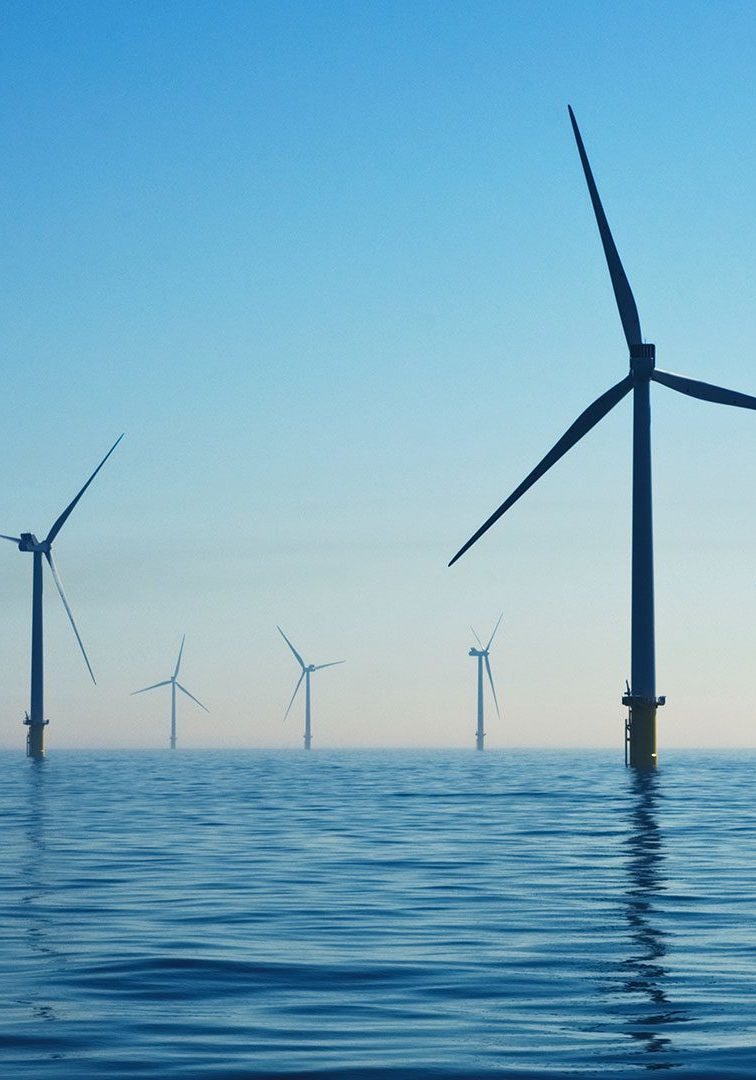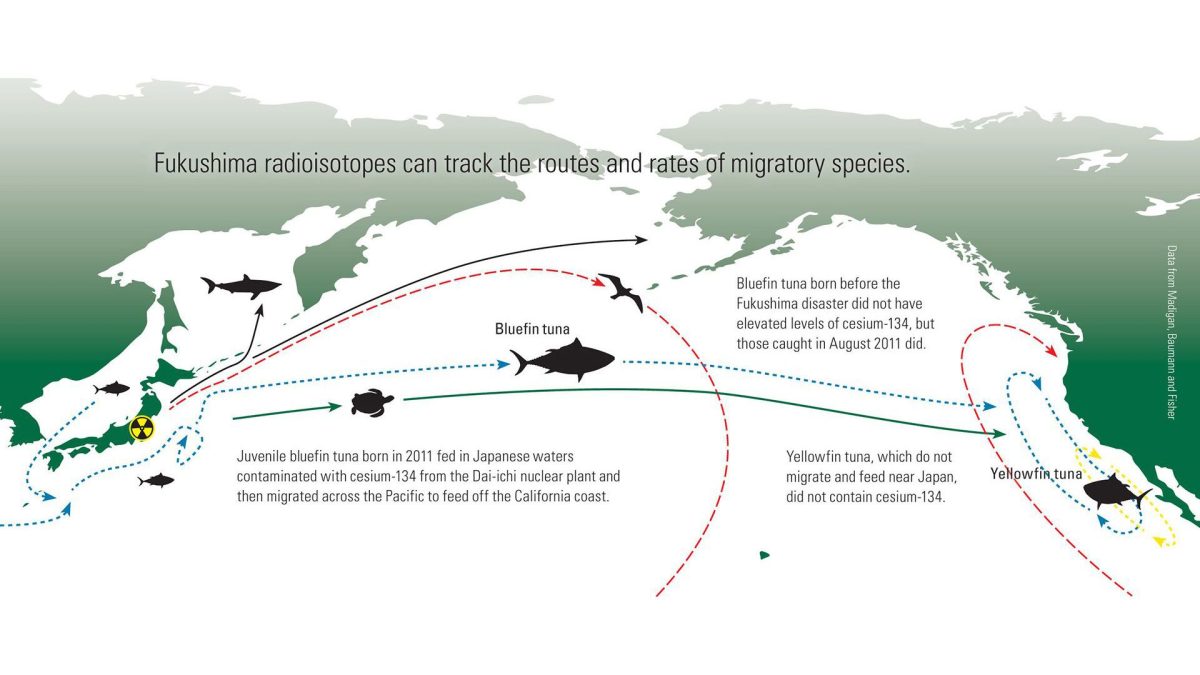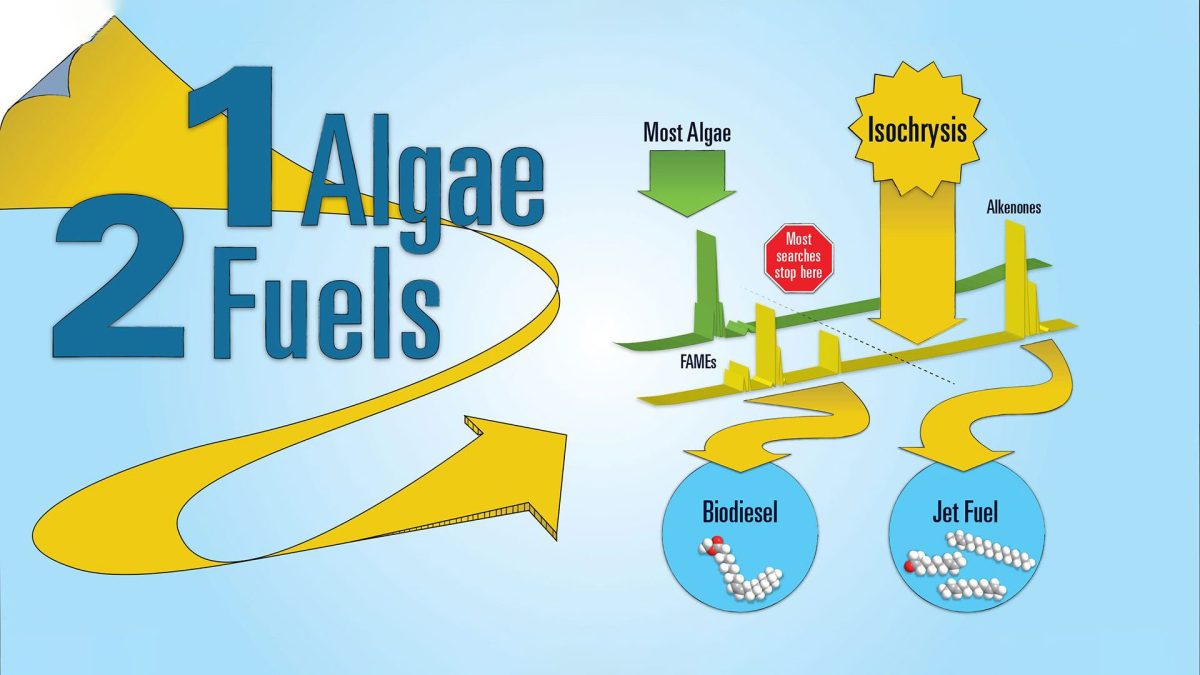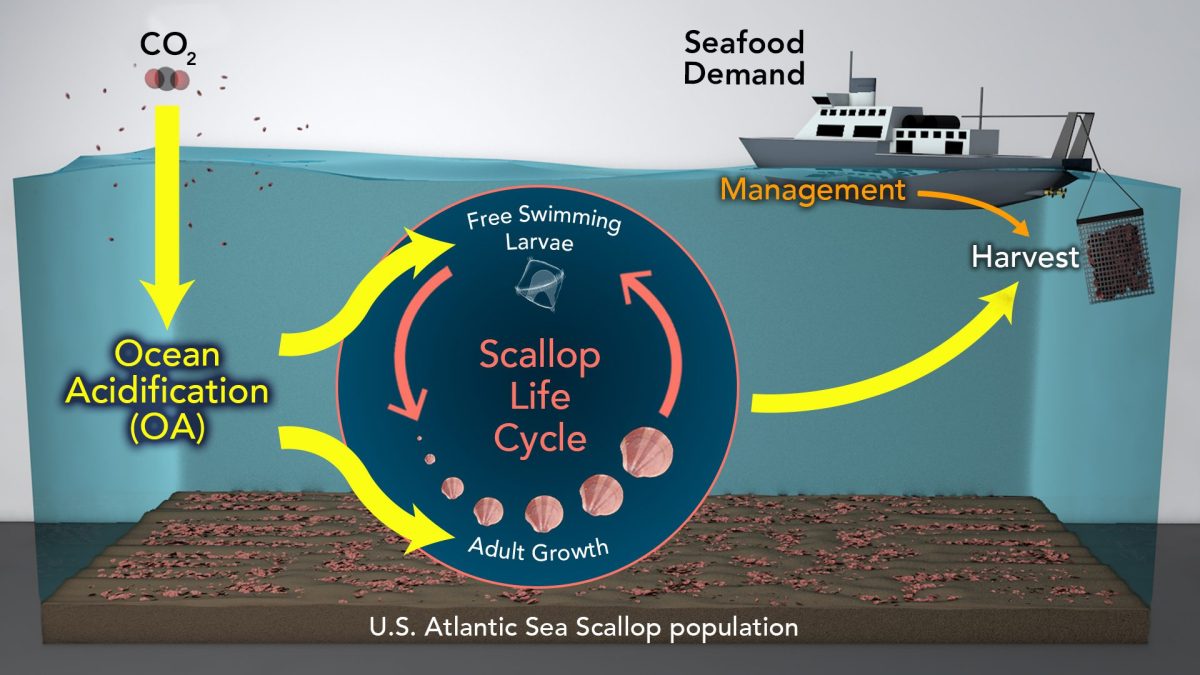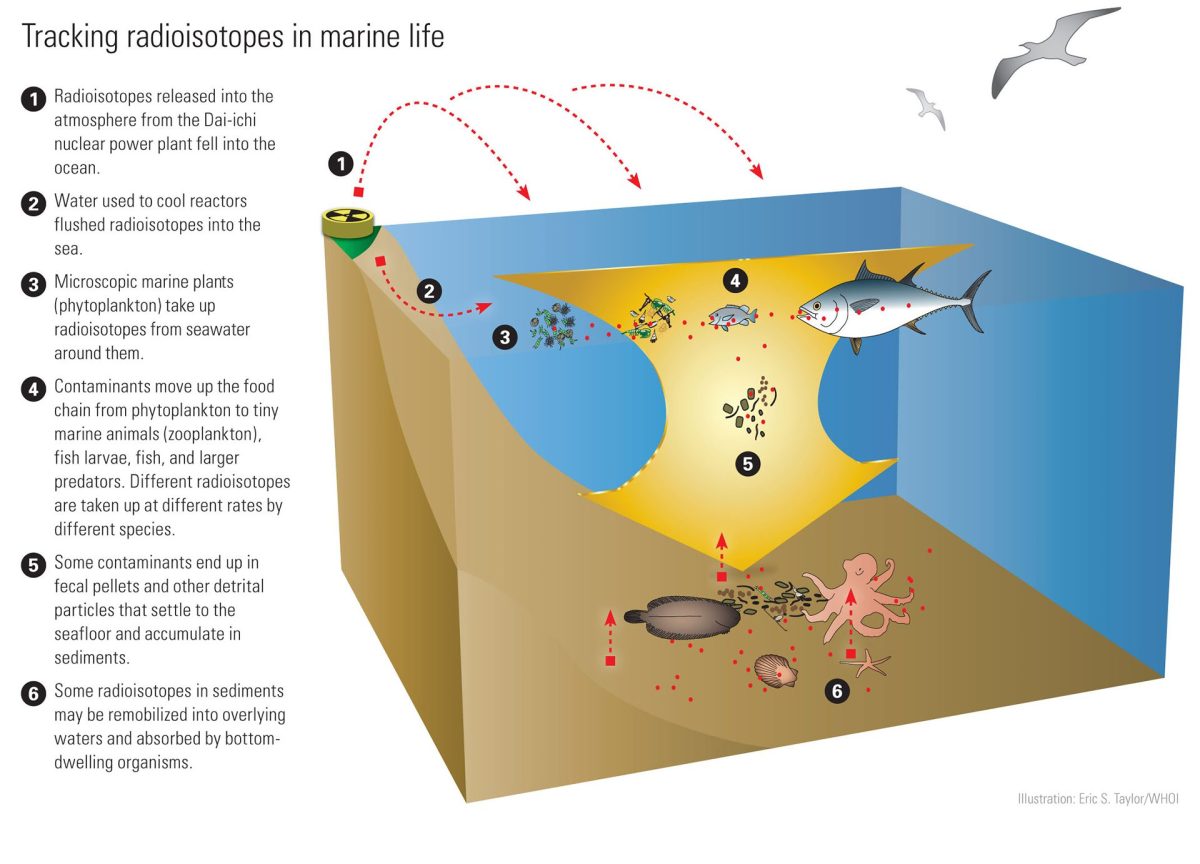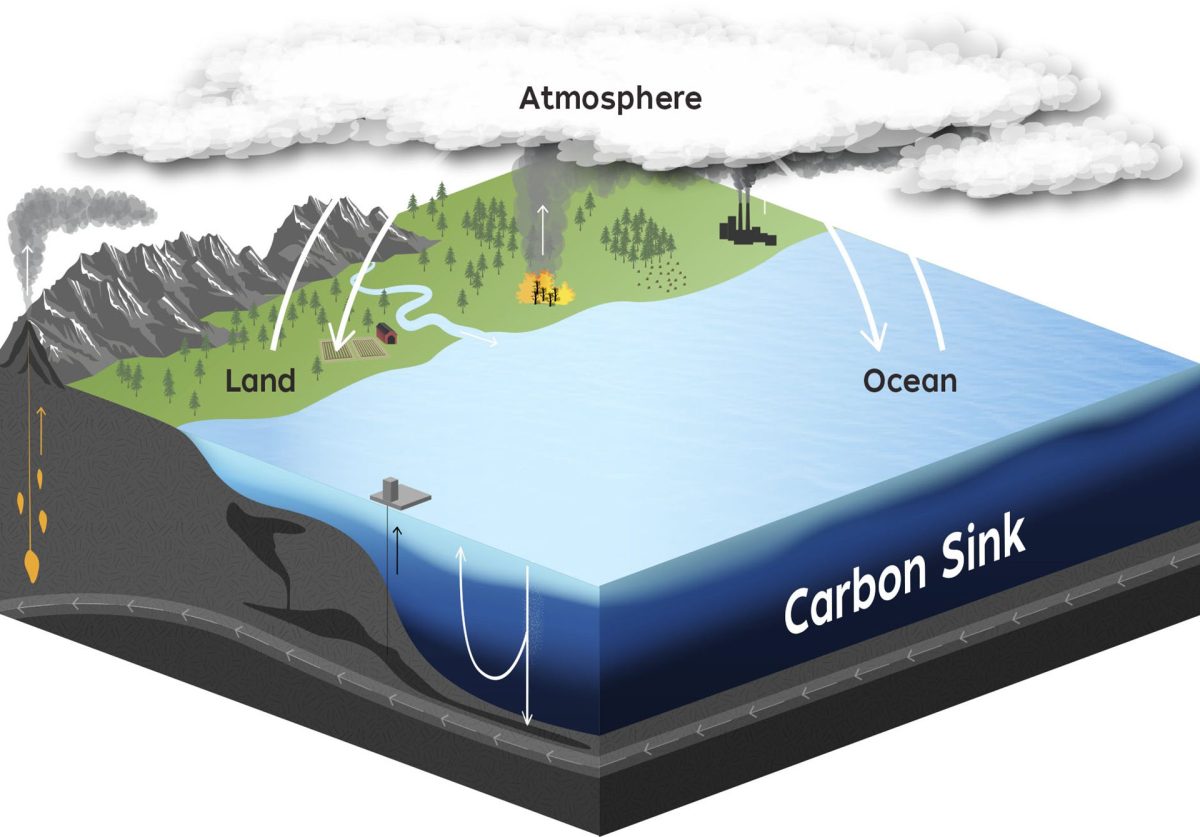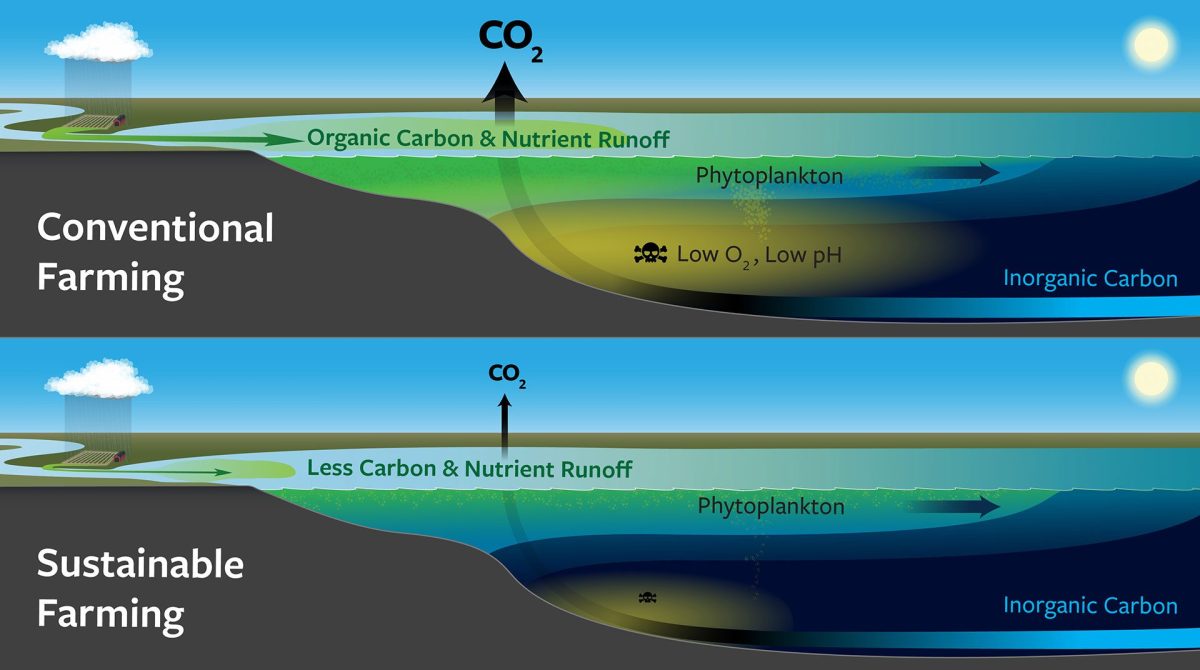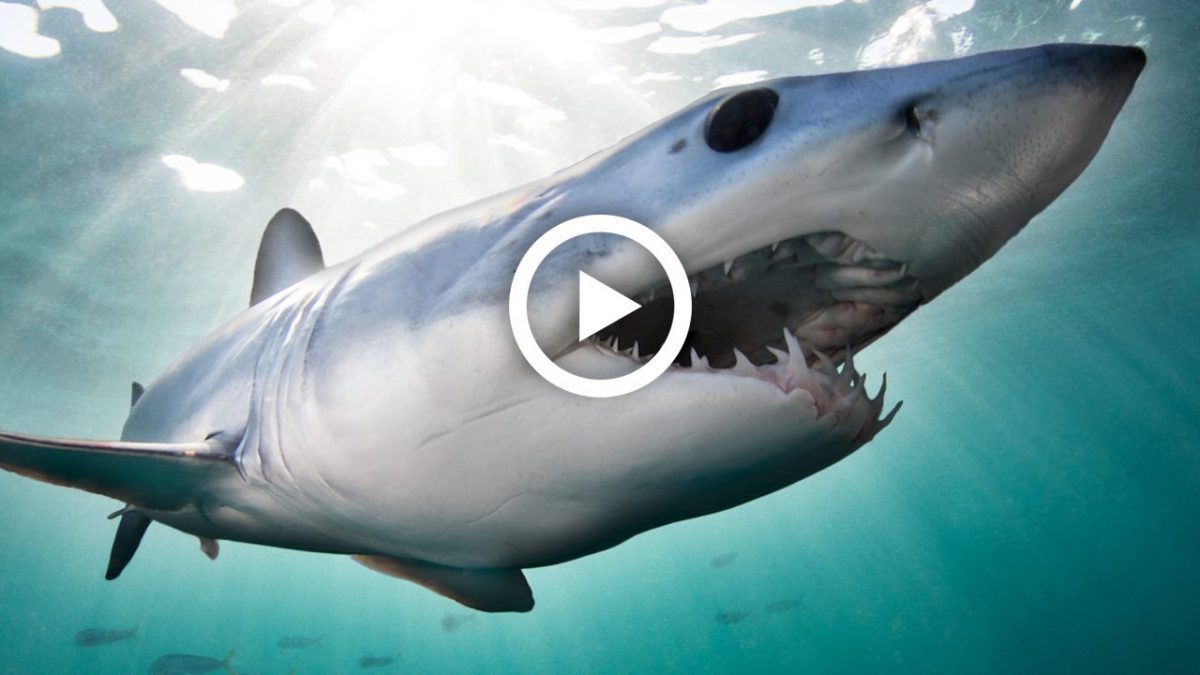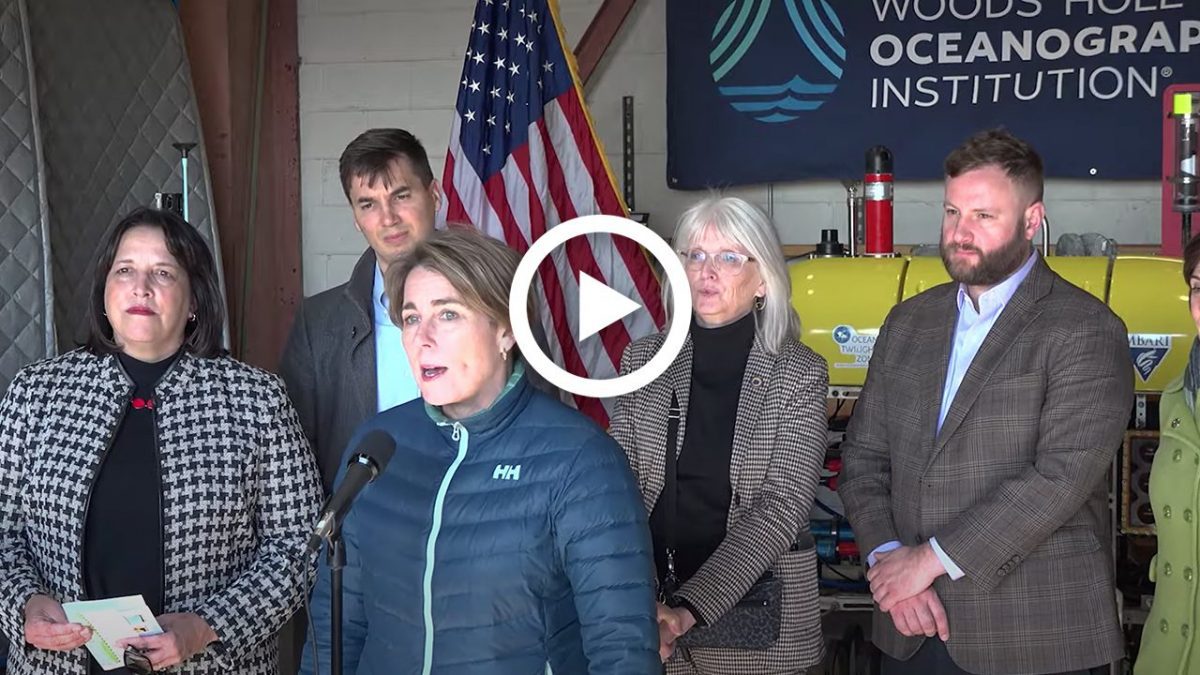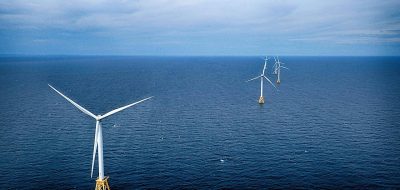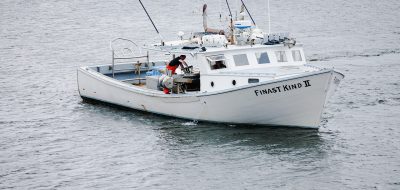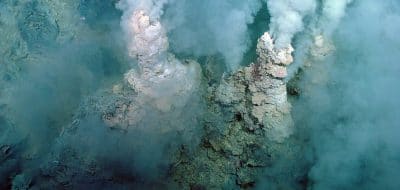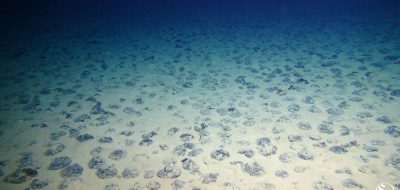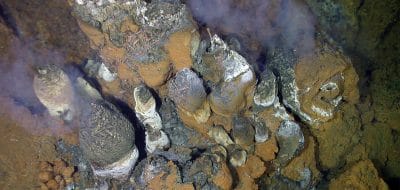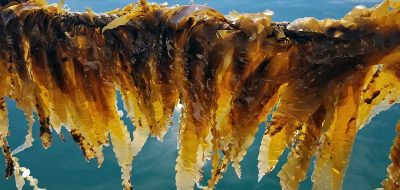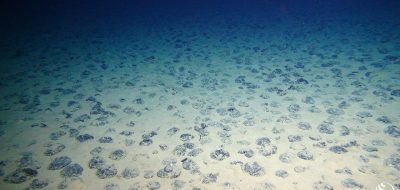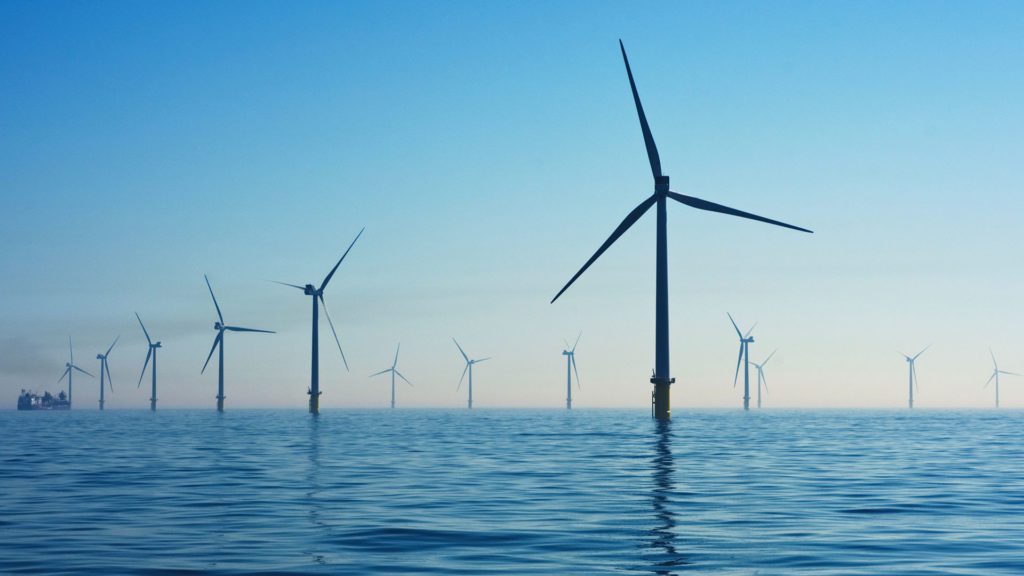
Is offshore wind development the cause of an uptick in whale deaths?
According to the National Oceanic and Atmospheric Administration (NOAA), there is currently no evidence to support speculation that noise resulting from wind development-related site characterization surveys could potentially cause mortality of whales, and no specific links between recent large whale mortalities and currently ongoing surveys. NOAA addresses questions about interactions between offshore wind energy projects and whales on the East Coast on its FAQ page.
Are the current Unusual Mortality Events related to these deaths?
Some large whales, including humpbacks, North Atlantic right whales and minke whales are currently experiencing Unusual Mortality Events (UME) along the U.S. East Coast. The East Coast is in the midst of a seven-year whale die-off that caused NOAA to declare a UME for humpbacks in 2016 and for minke whales and North Atlantic right whales in 2017. Learn more about current and past UMEs.
Is climate change a factor in the spike in whale deaths?
Warming oceans are changing how and where populations of marine species are adapting. Changing distributions of prey results in changing distributions of whales and other marine life, which can lead to increased interactions with humans and ships as some whales move closer to shore to feed.
Recent studies suggest one reason for the recent rise in humpback whale sightings along the coast of New Jersey is climate change, which could influence where humpback whales spend their time. Farther north on their traditional feeding grounds, like the Gulf of Maine, the waters are warming very quickly, which may affect fish and plankton populations.
In 2022, the Gulf of Maine Research Institute announced the warmth of inlet waters adjacent to Maine and northern Massachusetts was the highest on record between September and November—nearly 0.5° warmer than 2012, which previously held the title for warmest fall. Sea surface temperatures during the season hovered above 60°F through almost the end of October, about 6° above normal. Read more in this Boston Globe article.
What could be some other causes for whale deaths?
There is a tremendous amount of scientific evidence, data, and documentation to show that whales and other marine mammals are being killed, injured, weakened, and wounded by ship strikes, commercial fishing gear, plastic pollution, and global warming.
Ship traffic has increased more than 34% in the last 5 years, greatly increasing the potential for ship strikes and putting the entire ecosystem where whales travel and feed under increased stress.
On beaches around the New York Bight, there have been more than 62 reported mortalities of humpback whales between 2016 and early 2023, with many showing signs of ship strikes. All totaled, between 2017 and 2023, ship strikes killed or injured over 15 North Atlantic right whales.
Are there more whales off the coasts of New York and New Jersey than in previous decades?
Researchers at Gotham Whale, a nonprofit citizen-science organization that tracks whale populations around New York Harbor, are documenting an increase of whales in the waters around New York City.
In July 2022, a study co-authored by Rutgers University, Gotham Whale, the Center for Coastal Studies and 21 other organizations in the western North Atlantic, found that 58.4% of whales spotted in the New York Bight between 2011 and 2018 were seen more than once, with the average length of stay of 37.6 days. The results suggest humpback whales exhibit extended occupancy in the New York Bight—specifically the area extending east to Fire Island, New York, and south to Manasquan Inlet, New Jersey, and including the New York-New Jersey harbor estuary—and were likely to return from one year to the next.
How is WHOI involved with wind energy developers?
WHOI’s role as a non-profit, independent, research organization is to provide informed, research-based scientific data and analysis on wind energy development to all stakeholders and to the public. WHOI researchers adhere to a strict code of scientific independence and integrity and its research does not constitute endorsement of any company or industry.
Some WHOI researchers have received contracts from wind energy developers on projects related to studying or mitigating impacts of wind energy development on the environment, including on North Atlantic right whales.
In 2021, WHOI was awarded a two-year research grant for research from wind developer Ørsted to demonstrate, evaluate and improve on methods to detect North Atlantic right whales from acoustic buoys, a field in which WHOI scientists and engineers have unique expertise. The research grant from Ørsted supported the deployment and operation of two of these buoys for a two-year period, and the whale detection data were made publicly accessible in near real time at robots4whales.whoi.edu.
In addition, WHOI researchers have received funds from state and federal funding agencies for similar work related to offshore wind energy development. In keeping with our scientific independence, wind energy developers have no control over the research process, the conclusions reached during the course of the research, nor the dissemination or communication of research results.
How does WHOI reconcile its industry relationships with the need to protect the ocean and marine life?
WHOI works with a variety of stakeholders associated with wind energy development, including conservation organizations, state and federal scientists and regulators, as well as wind energy developers. Working with industry is an opportunity for WHOI to contribute unique expertise and knowledge to inform responsible development of offshore wind where appropriate, particularly with respect to endangered species protection and climate mitigation. These projects are helping to generate new, publicly available data and information about the ocean.
It is imperative that science, government, and industry work together and collaborate across sectors to find solutions that meet human needs, while at the same time ensuring the health and vitality of the ocean healthy.
Additional Information
Whales are dying, but it’s not because of wind farms
A recent report in Nature: Impacts of accelerating deployment of offshore windfarms on near-surface climate
Ships, noise, and climate change are killing whales. Here’s how to change that
Wind farm, environmentalists agree on ways to protect whales

